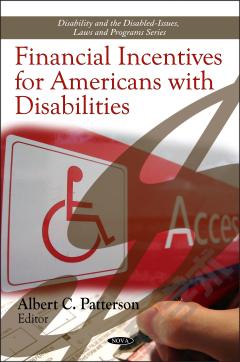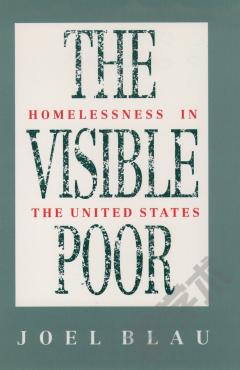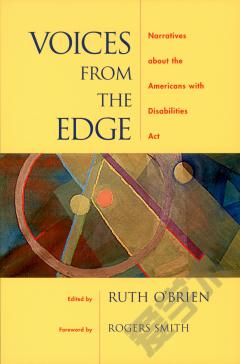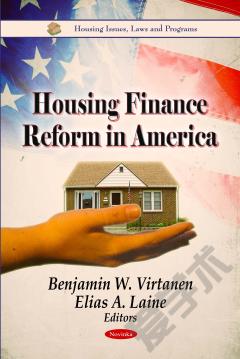Financial Incentives for Americans with Disabilities
This book is an overview of one of the most serious problems facing Americans with disabilities, according to a recent National Organization on Disability/Harris survey; the limited access to money. The Federal Government spends large amounts on behalf of people with disabilities in terms of health care, education, vocational rehabilitation (VR), transportation, housing, and in other areas, whether sources are direct, indirect or community based. Yet, the knowledge base is small regarding the extent, costs, utilization, or impact of these incentives, financial or otherwise, on the everyday lives of people with disabilities. As disability policy stands today, a child with significant disabilities born in the U.S. in 2007 has little chance of gaining access to assets and escaping poverty, despite advances in health care and technology. In part, a major reason for this conclusion is the all-or-nothing dichotomy of public policy that continues to view disability as the inability to work and that provides needed public assistance only if one remains poor and completely dependent on government. This book is part of an effort, to guide future policy and practice to advance choice, full community participation, and economic independence for people with disabilities. This book consists of public documents which have been located, gathered, combined, reformatted, and enhanced with a subject index, selectively edited and bound to provide easy access.
{{comment.content}}








 京公网安备 11010802027623号
京公网安备 11010802027623号